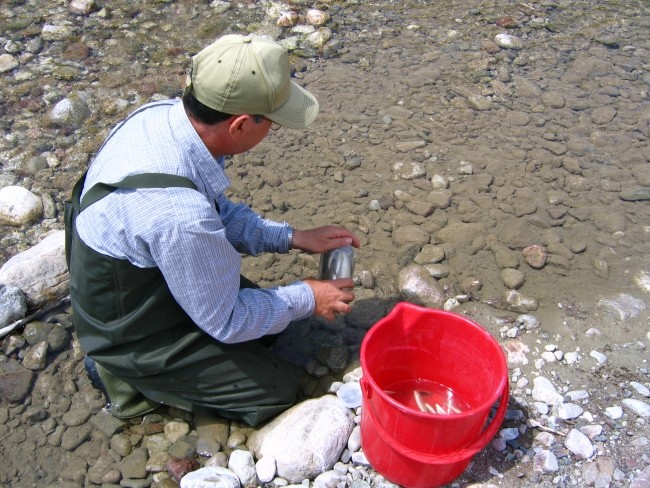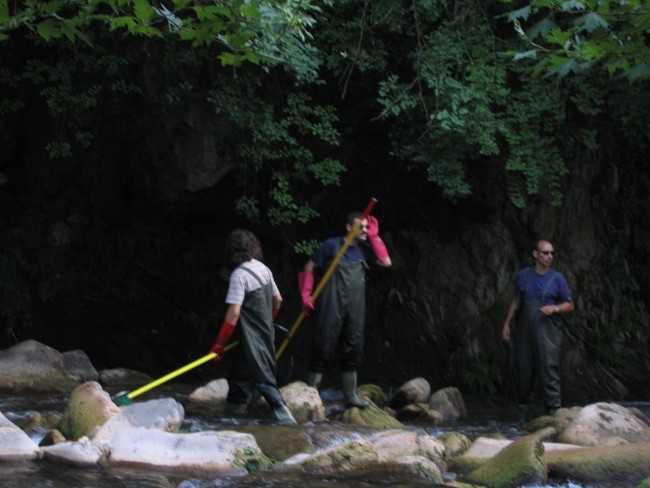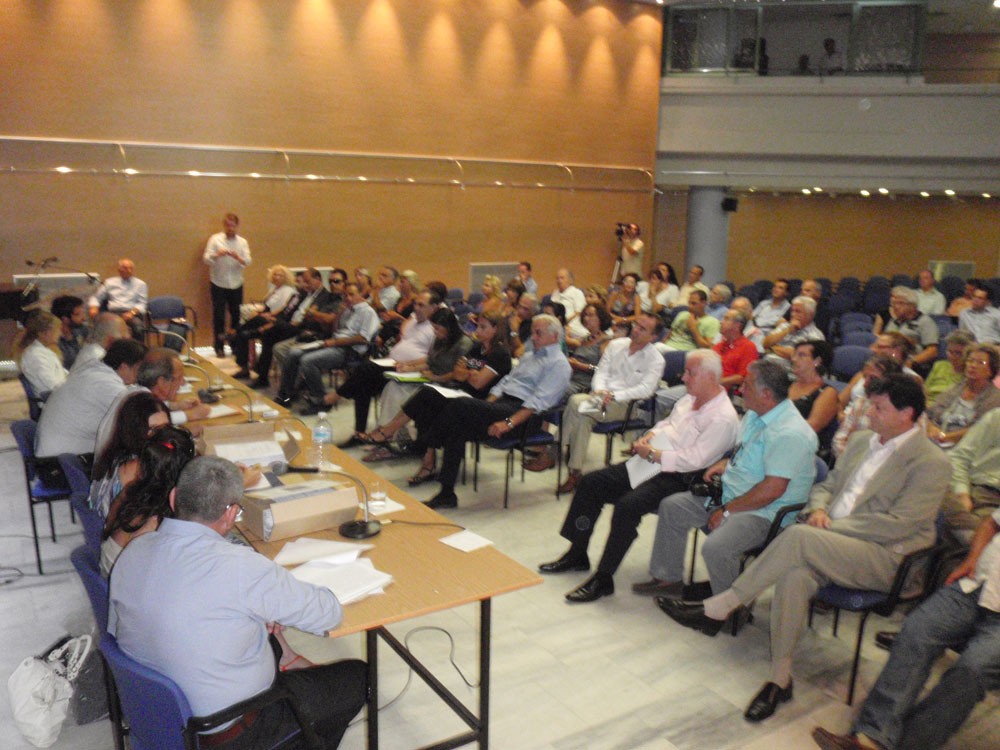A pioneering INTERREG project to promote the conservation and restoration of riverine riparian zones;it produced three books and several important restoration pilot studies, including one in the Louros River riparian woodland (Preveza Greece).
The goal of this project was to contribute to improving know-how and overcoming limitations in the development of management strategies for riverine riparian zones; taking into account the natural characteristics, the economic potential, and the importance of these habitats as ecological corridors. In this respect, this project aimed to contribute to the rehabilitation and restoration of these ecosystems.
The project is co-financed by the Interreg IIIC – South programme, a European Union interregional cooperation programme. This project comprised collaborative measures via the effective exchange of knowledge and best management practices (BMPs) of organizations from Greece, Portugal, Spain and France.
Project aims and contributions by HCMR include the following: (1) Riverine riparian forest typology development; (2) Riparian zone visual assessment of ecological status assessment methods;(3) Data base and GIS inventory; (4) Production of training manuals, books, special reports and educational materials; (5) Training and information actions.
An important aspect of the project was the development and application of a important restoration pilot studies, including one in the Louros River riparian woodland (Preveza Greece) where there was a collaboration between HCMR, the local development agency (ETANAM) and the University of Ioannina.
In Greece a major effort was made to do extensive field work; and this supported the surveys for one PhD dissertation. Riparian zones were studied in many river basins included the following: Alfios, Acheloos, Arachthos and Aoos. Also, special work was undertaken to implement developed bioassessment (visual assessment) methods in Eastern Greece (including Euboea) and Northern Greece.



